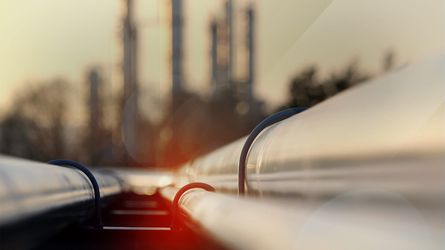
Refineries
We have been supplying pumps and systems for distillation plants for processing crude oil for 60 years. Ask our experts for more information!
Read more
Remote-head metering pumps are used for coal injection because they offer the following benefits:
How and why is coal refined?
Coal refinement enables the production of various successor products from coal. Raw lignite cannot be used until it has been processed in a coal refinery, for example, by being made into briquettes, pulverized lignite or fluidized-bed lignite.
One kind of coal refinement is coal liquefaction, which uses the Fischer-Tropsch method, among others. For this, the coal must first be gasified at temperatures over 1000 °C while steam and air or oxygen are fed. The resulting synthetic gas is then cooled. During this process, phenol, liquid ammonia, carbon dioxide, hydrogen sulfide, hydrocyanic acid and organic components are removed from the gas. Then the synthetic gas is converted into hydrocarbons (such as paraffins and alcohols) in a heterogeneous catalytic reaction.
A Fischer-Tropsch synthesis results in various end products such as synthetic gasoline, diesel, heating oil and diverse raw materials for the chemical industry.